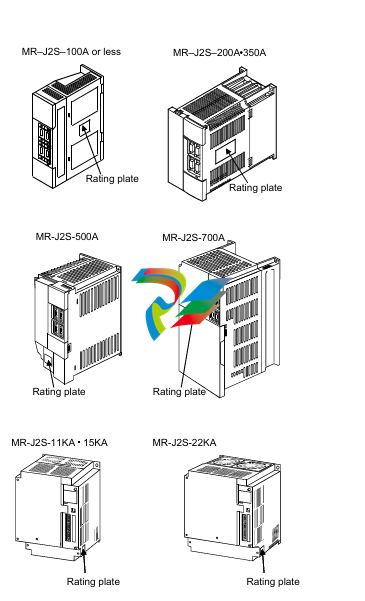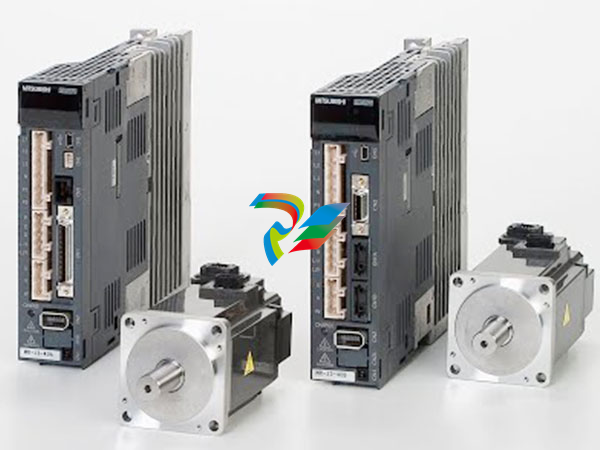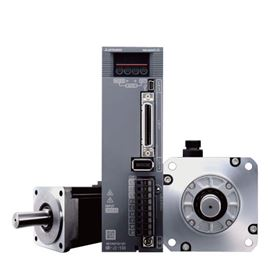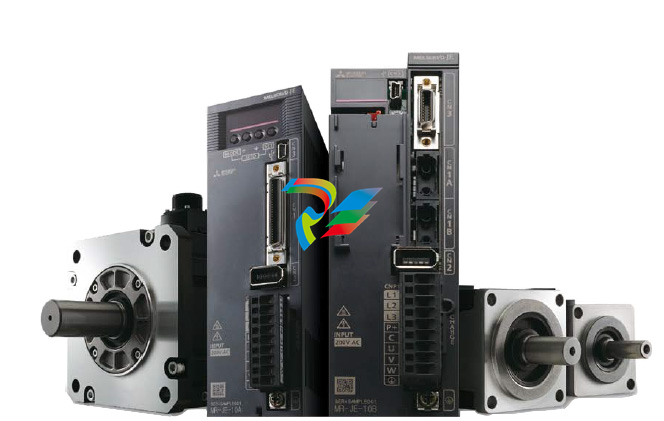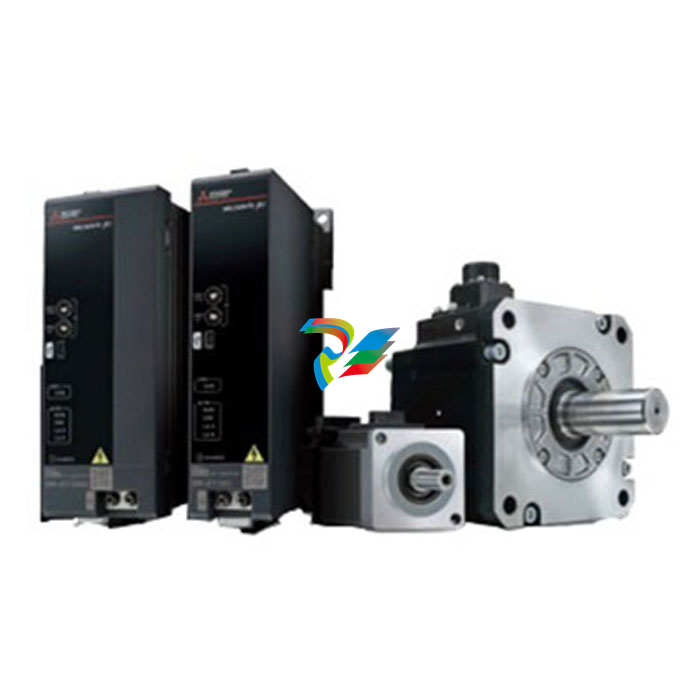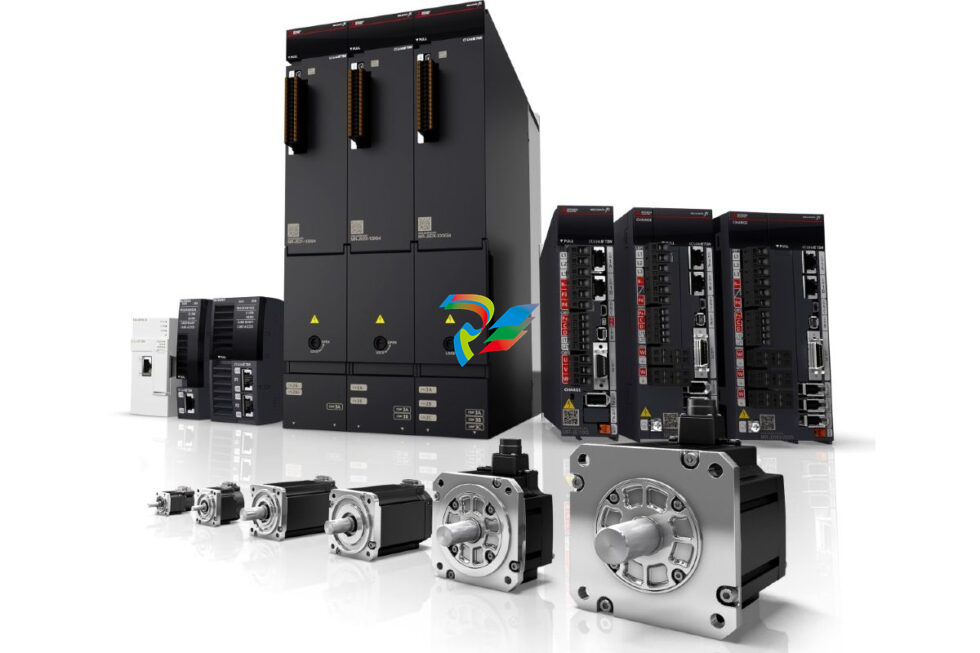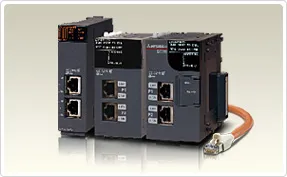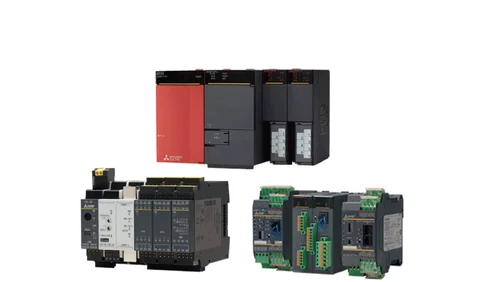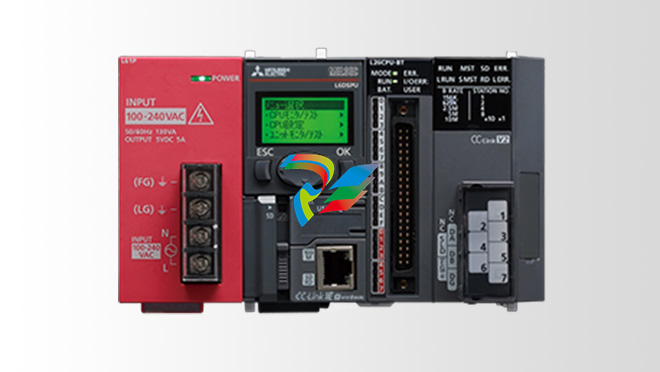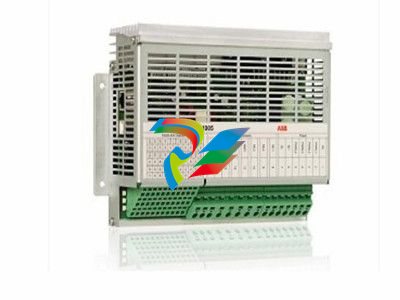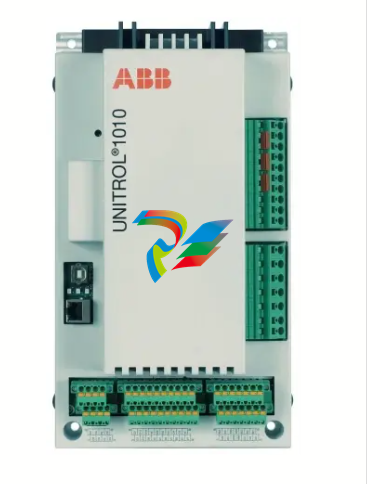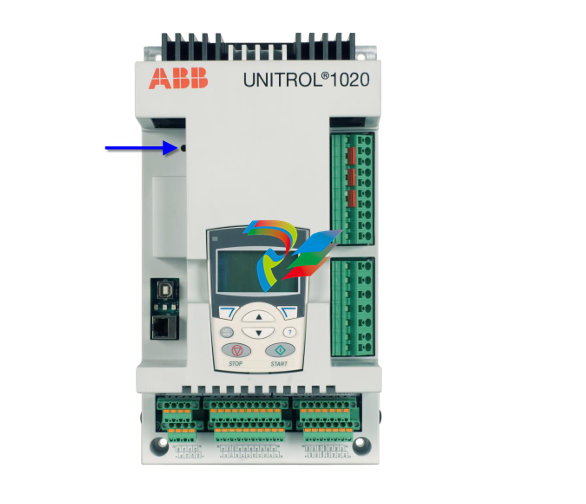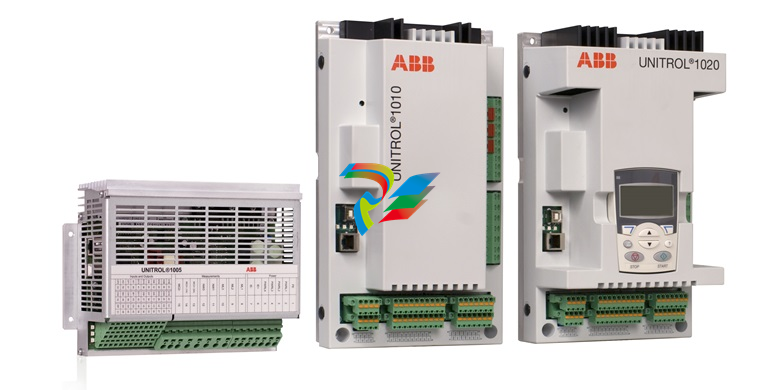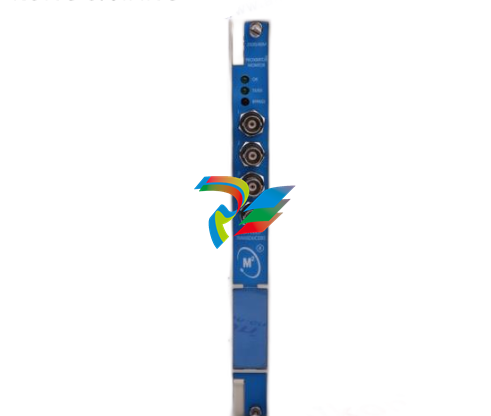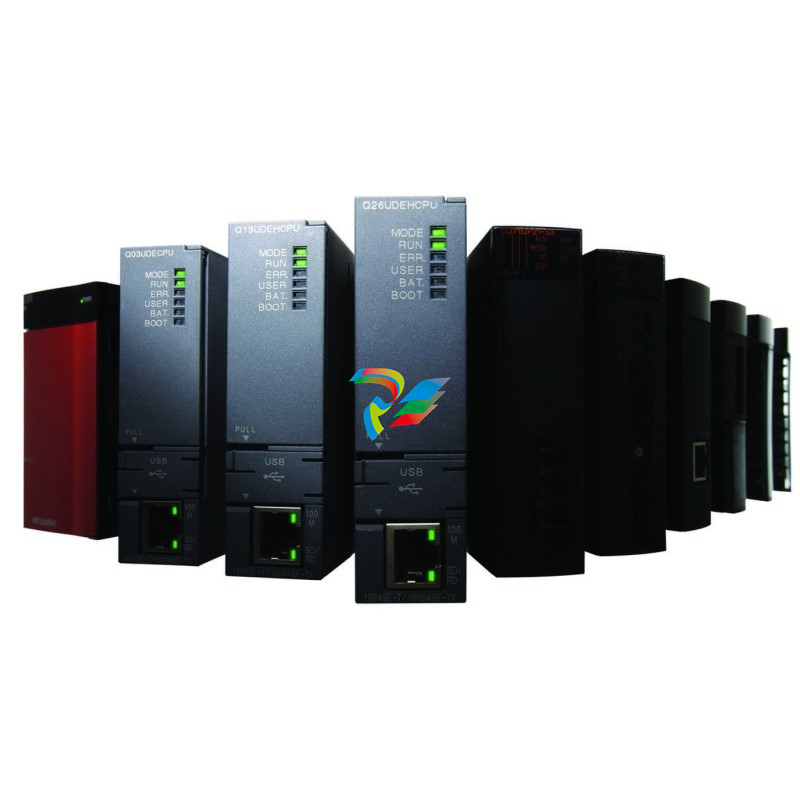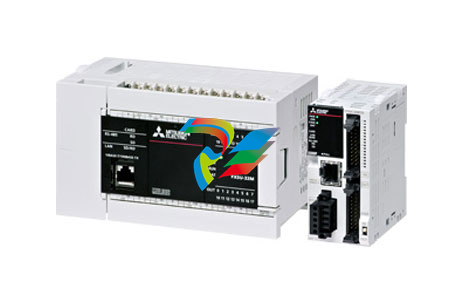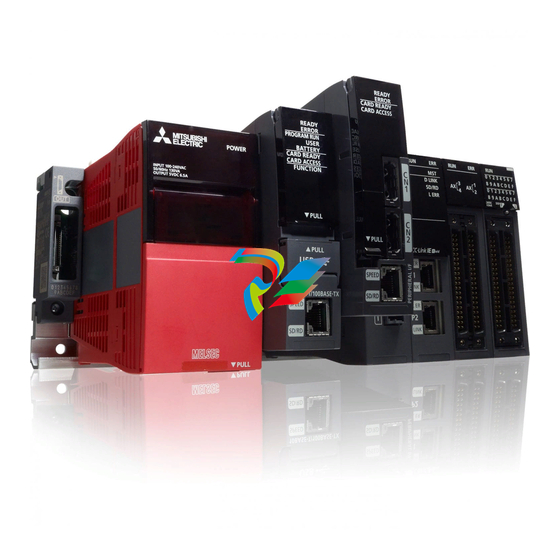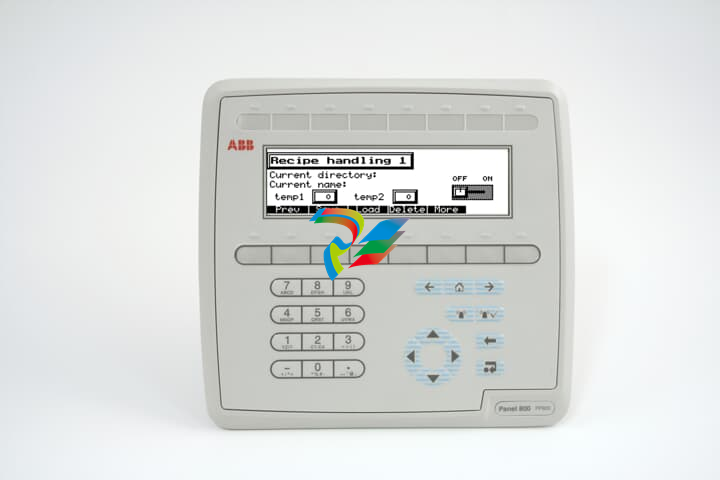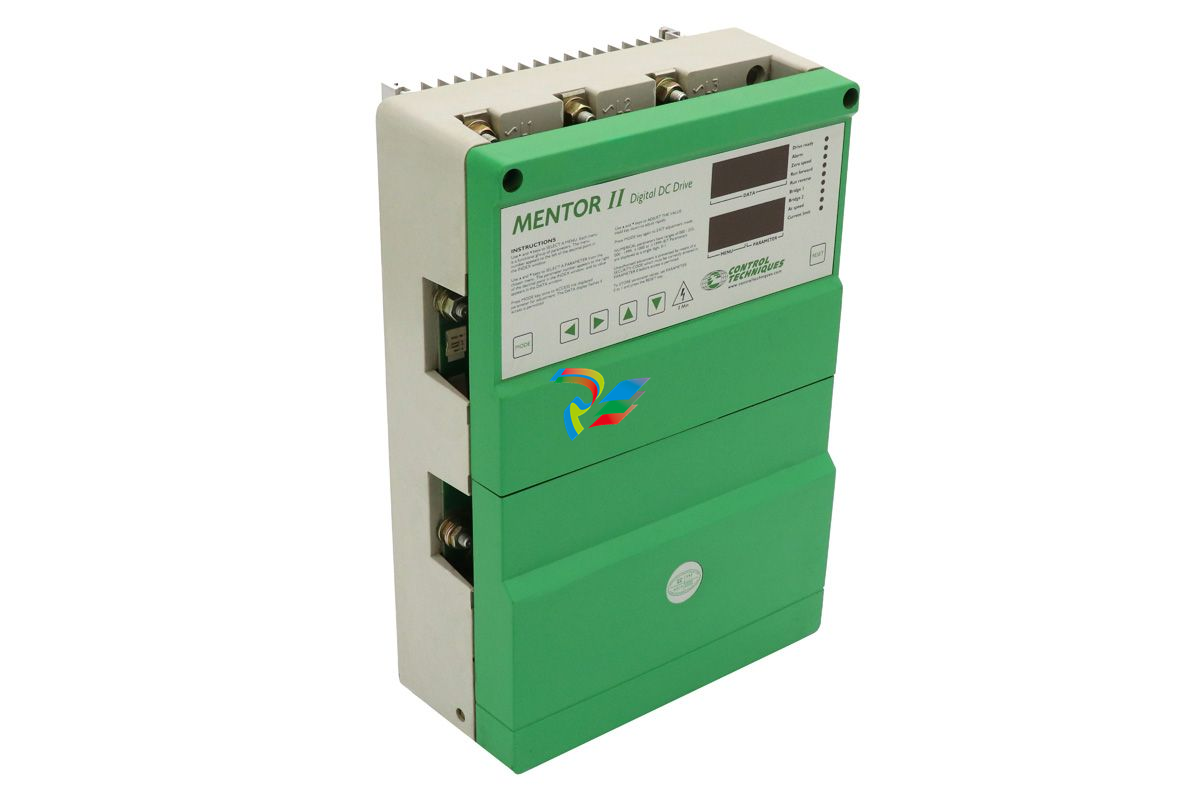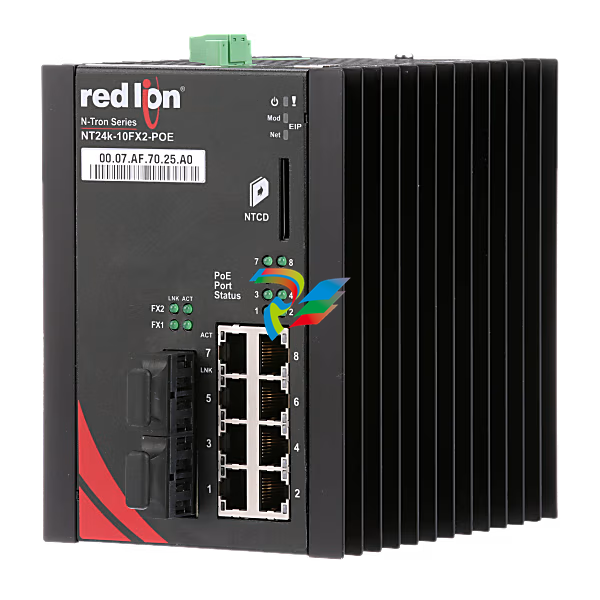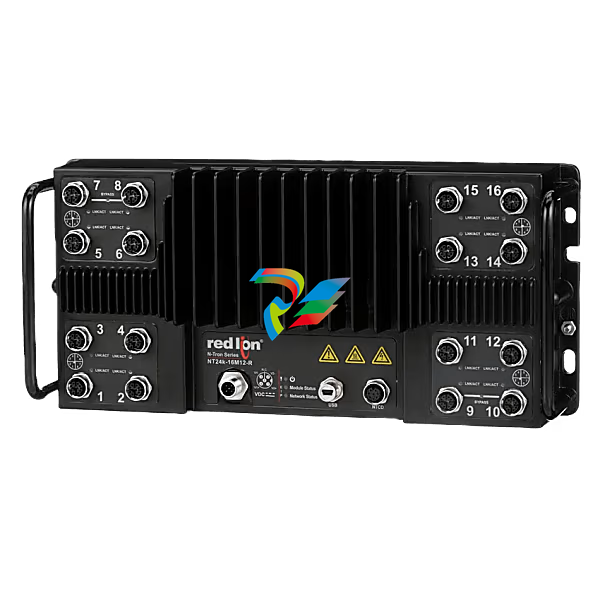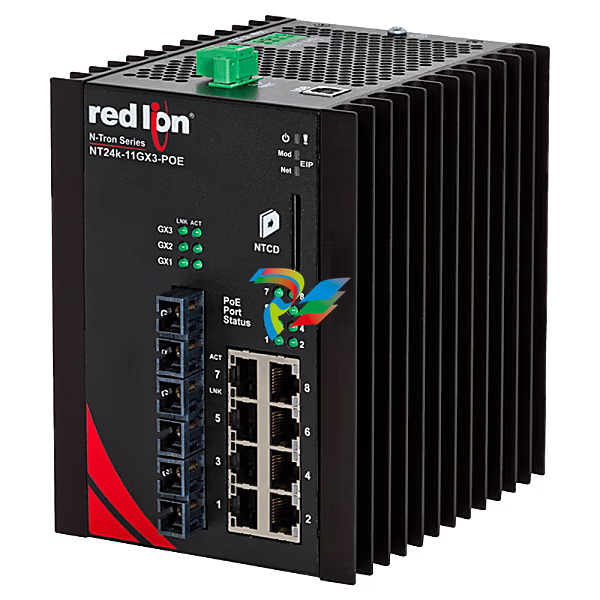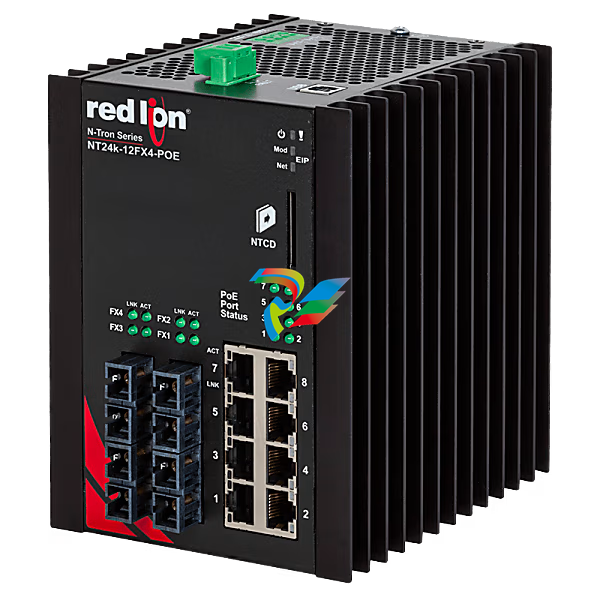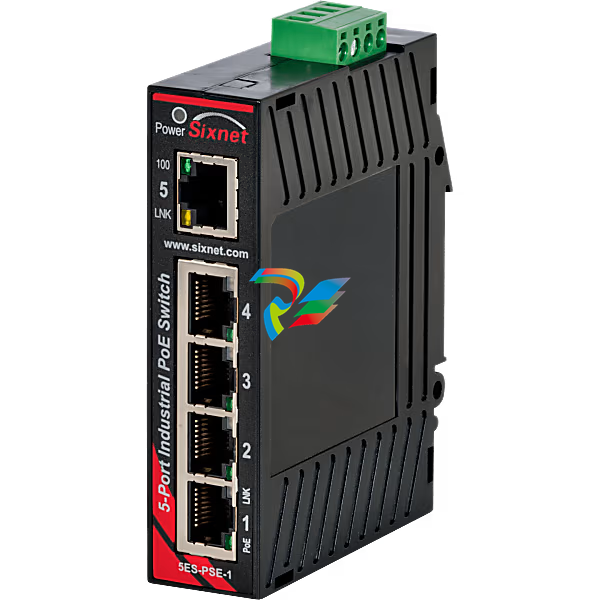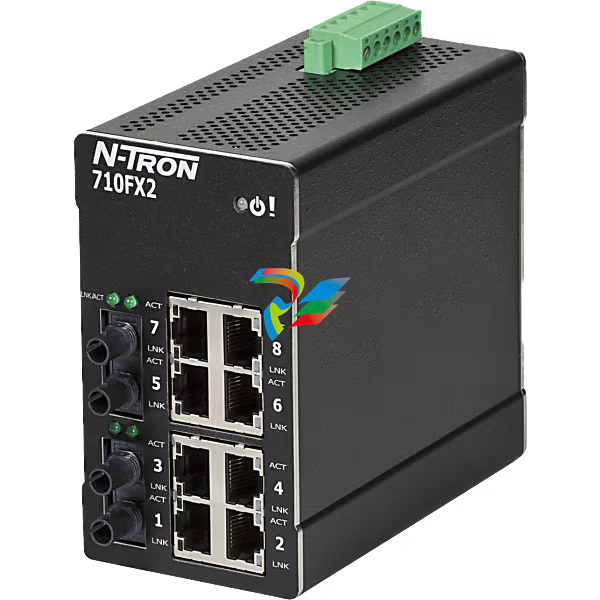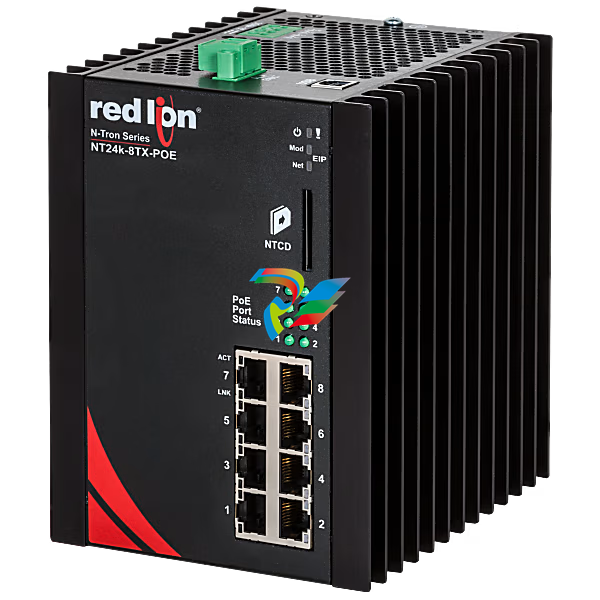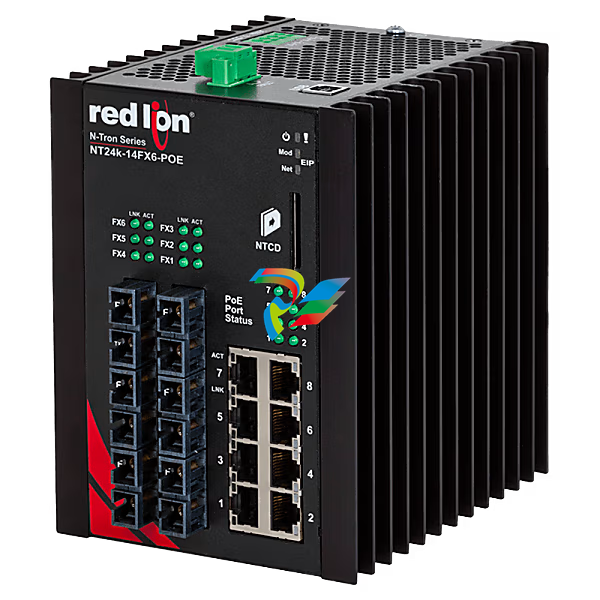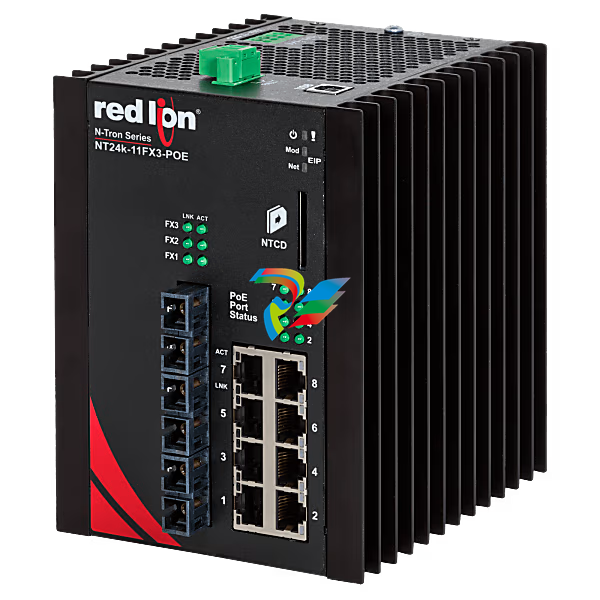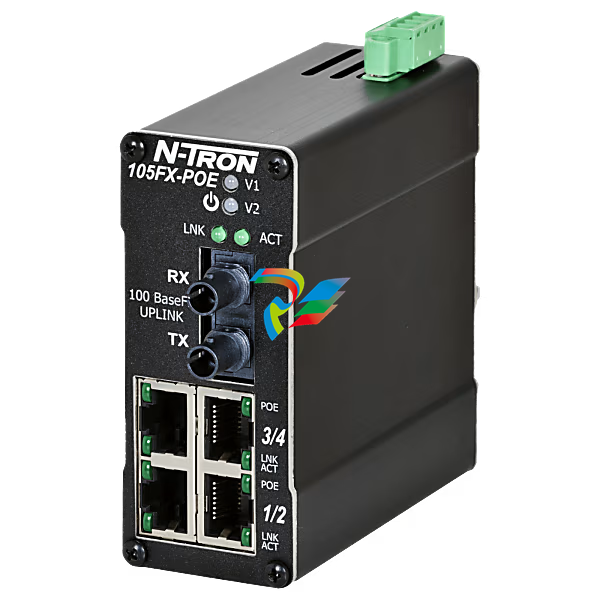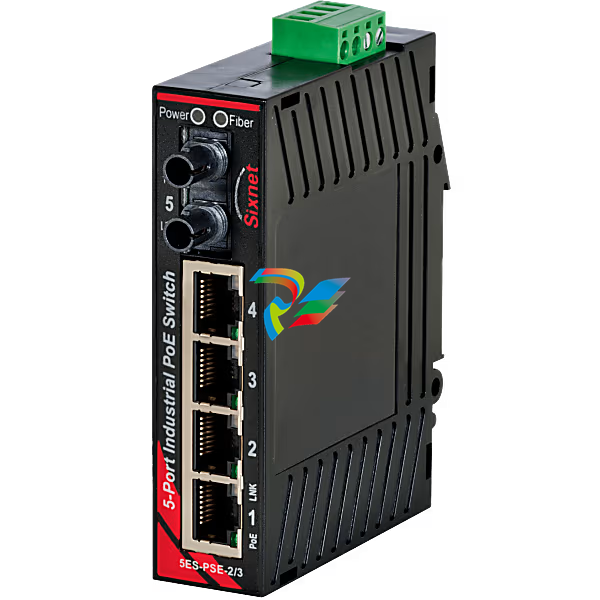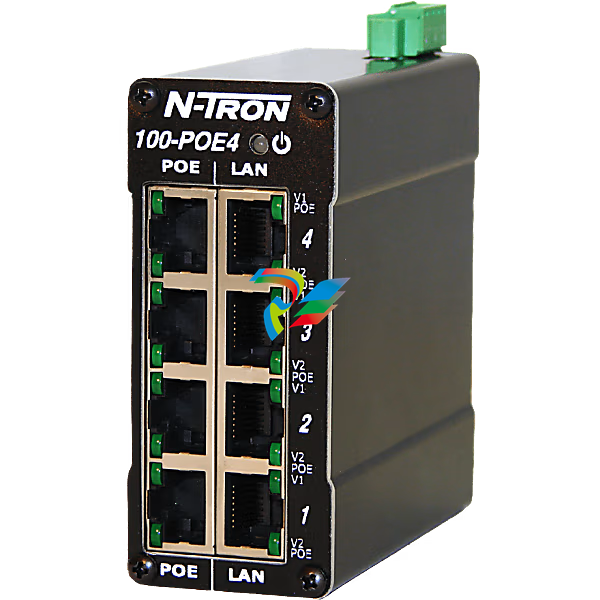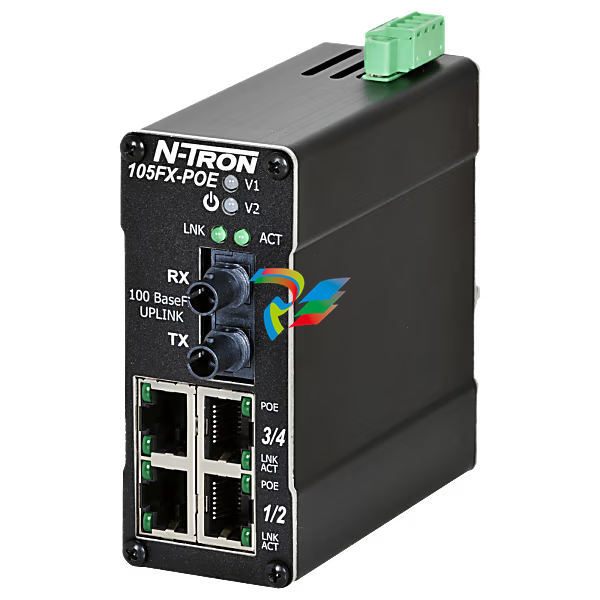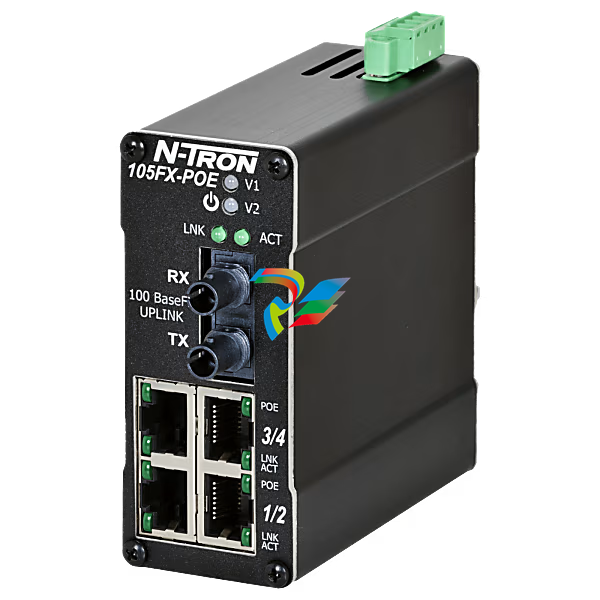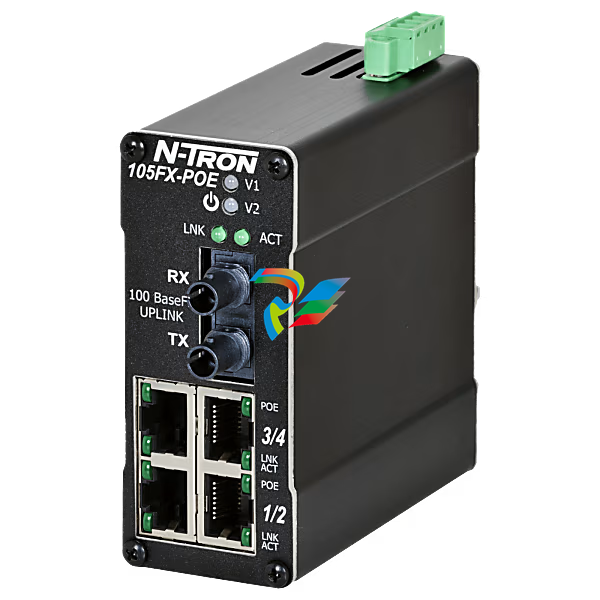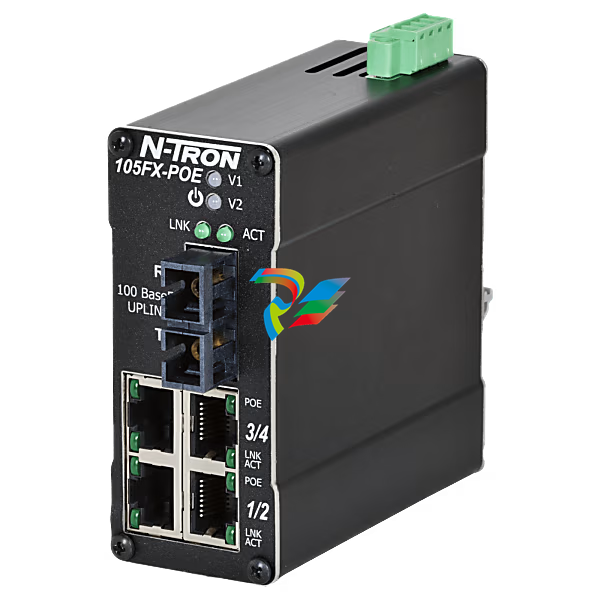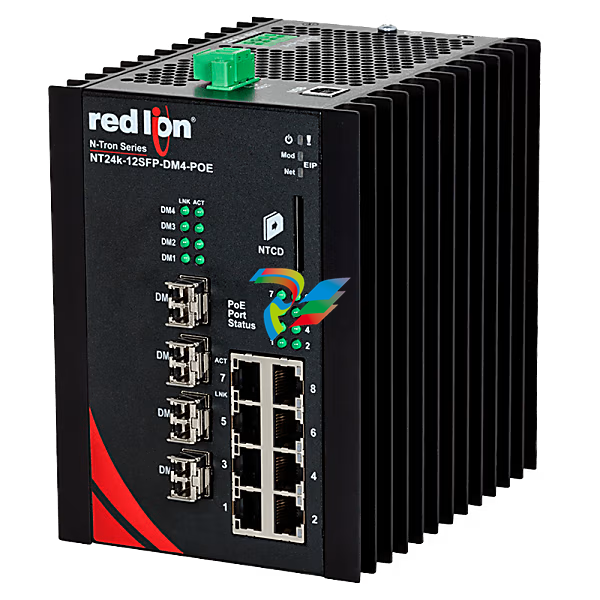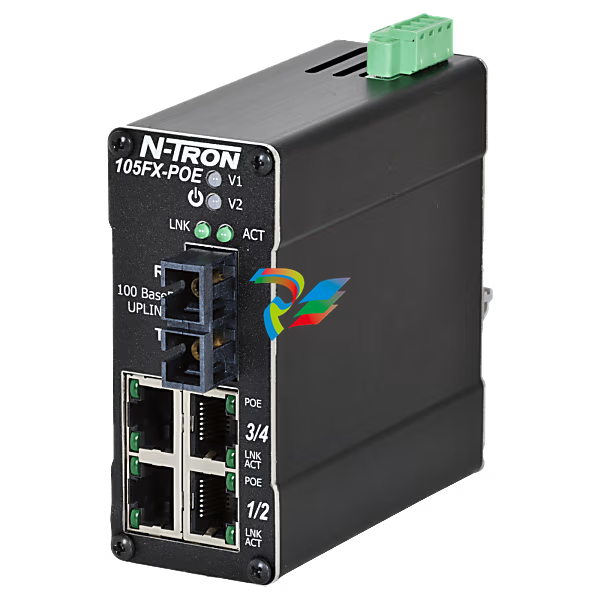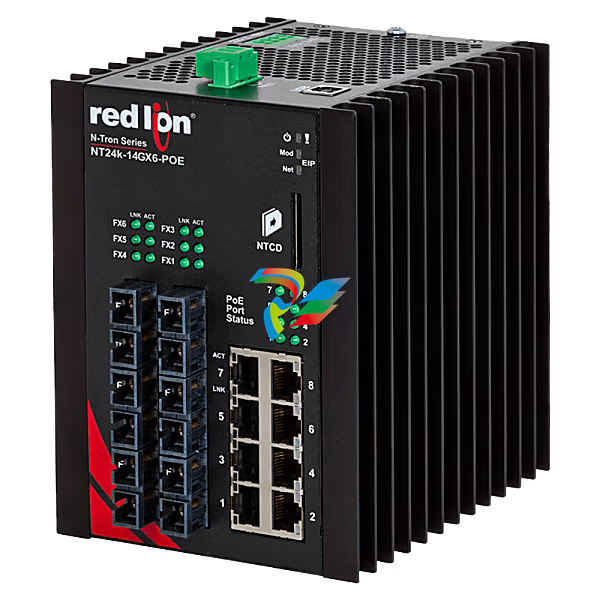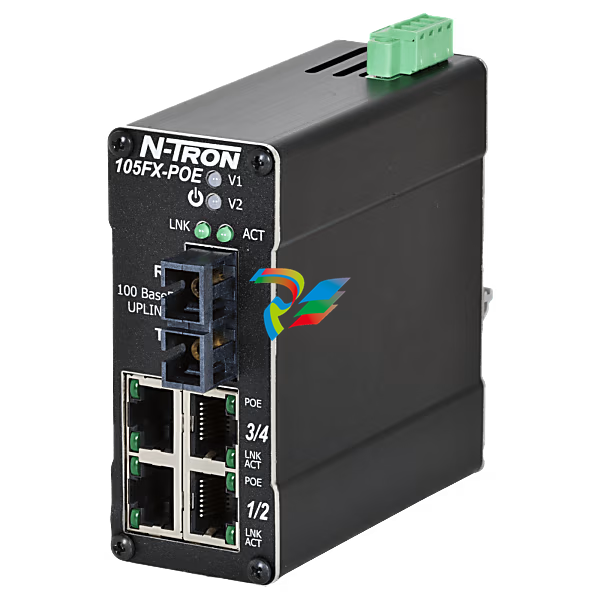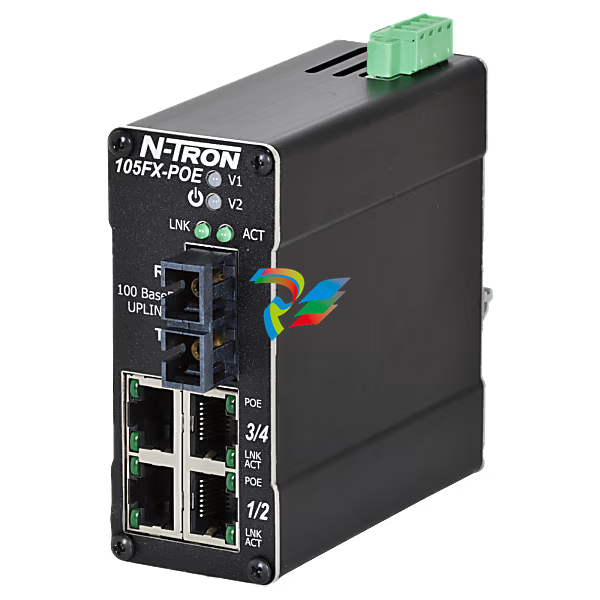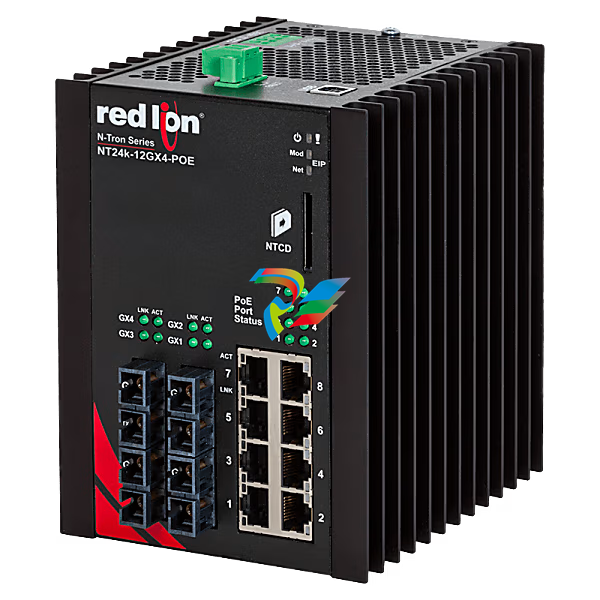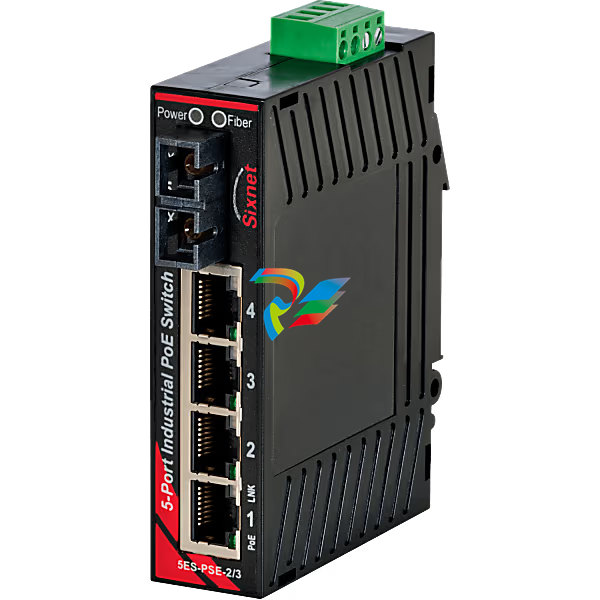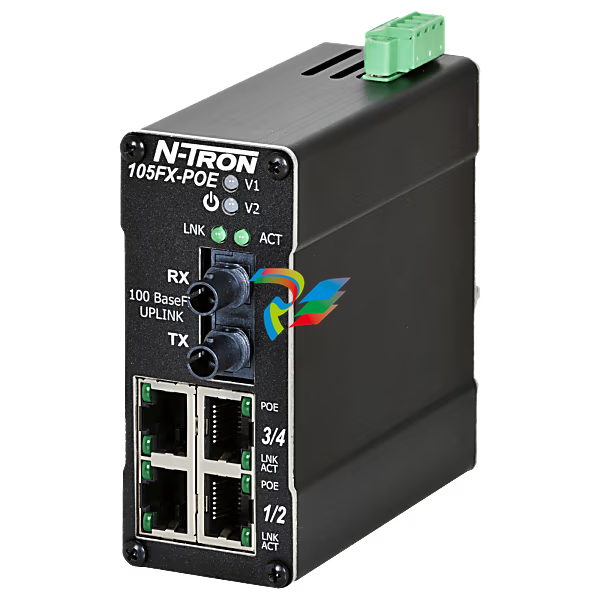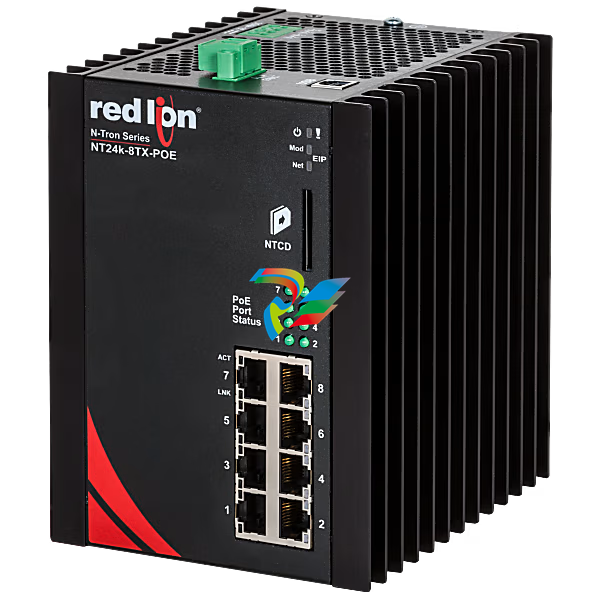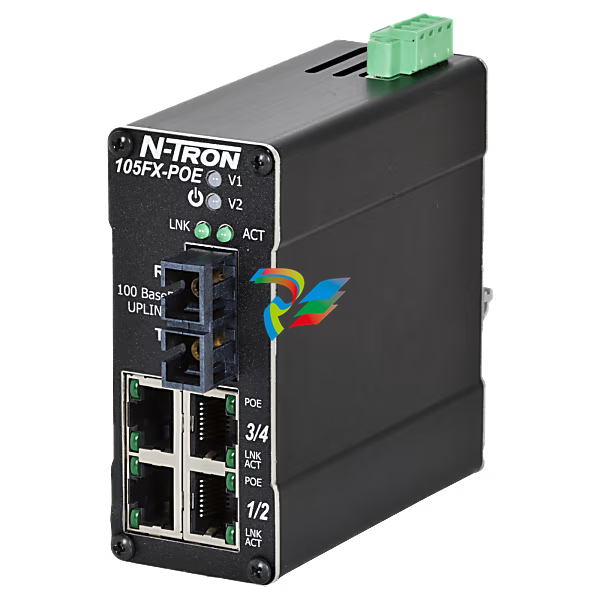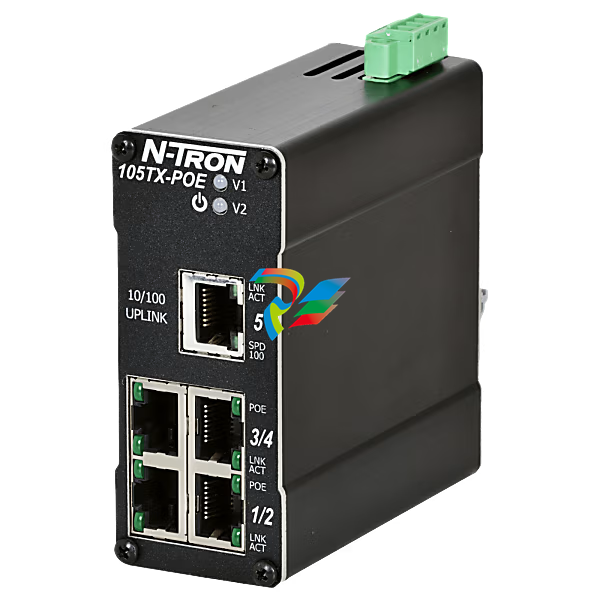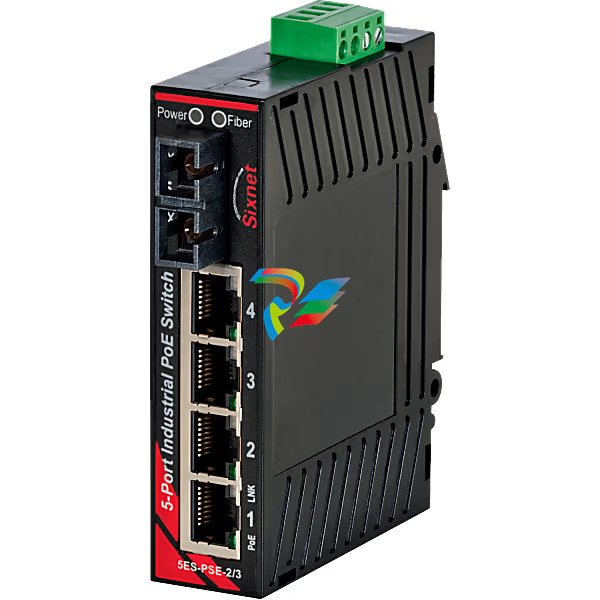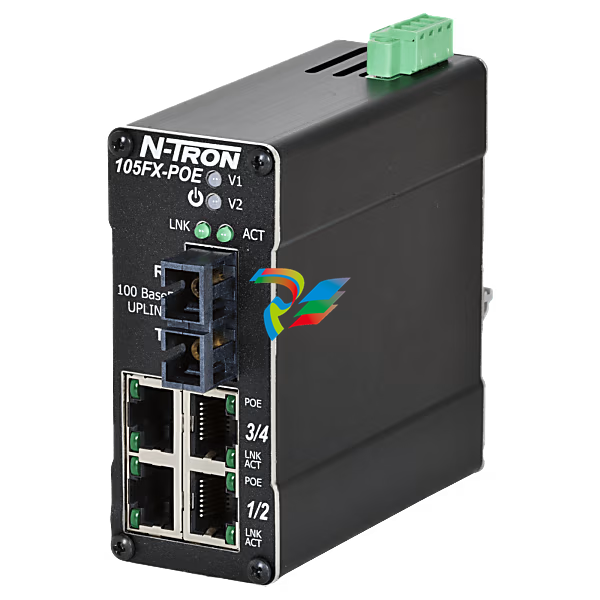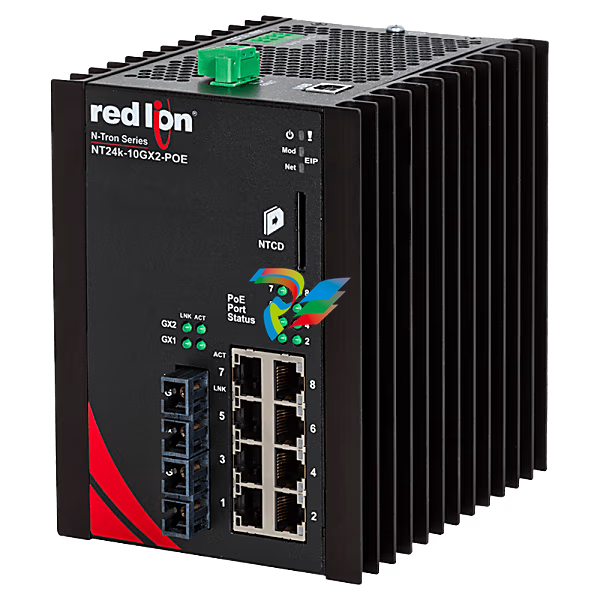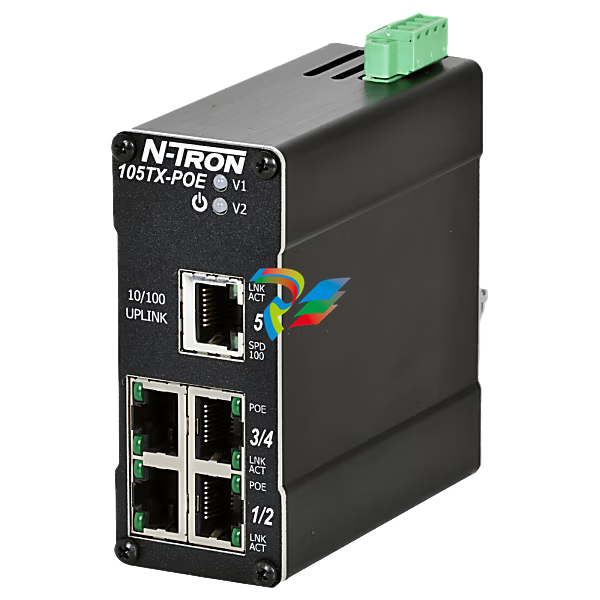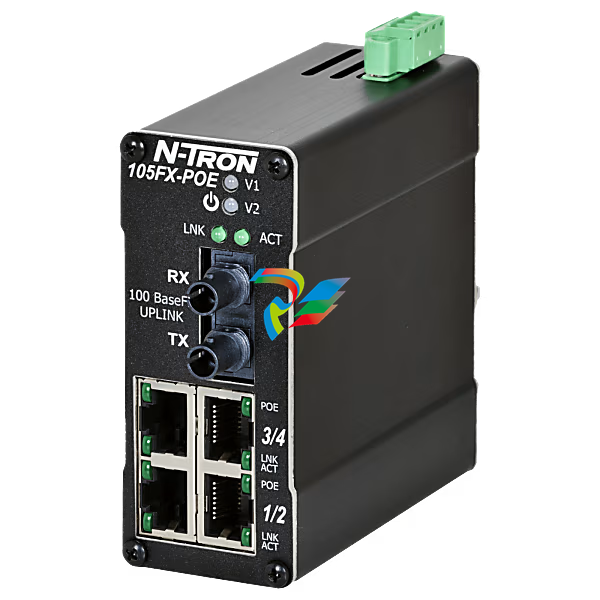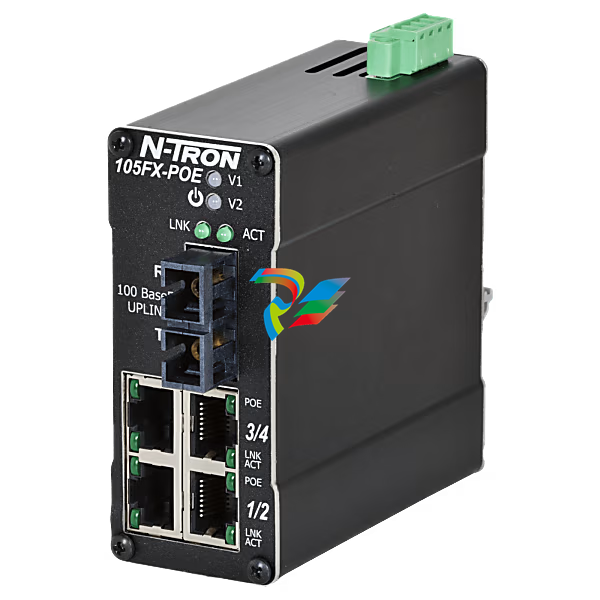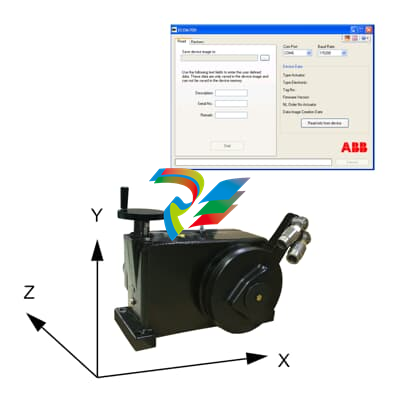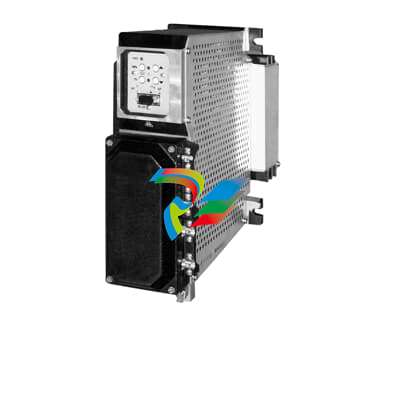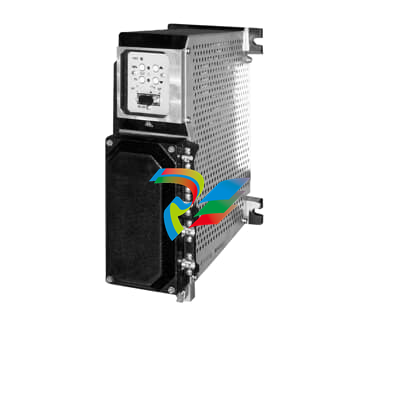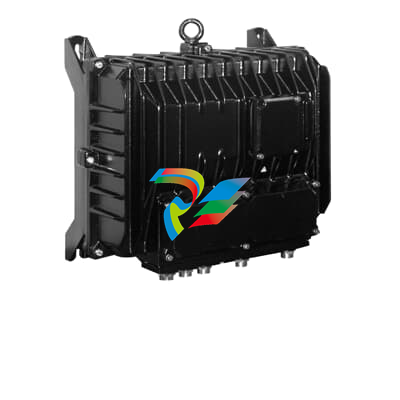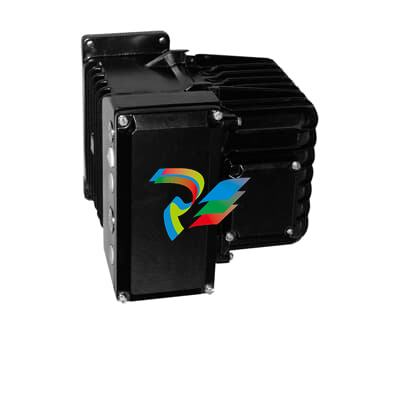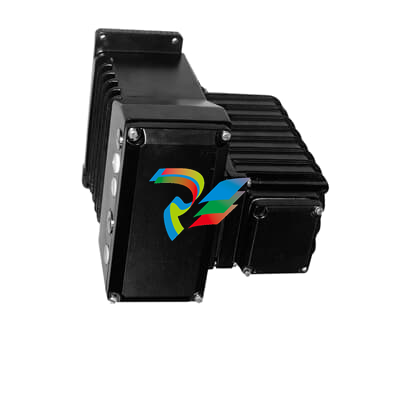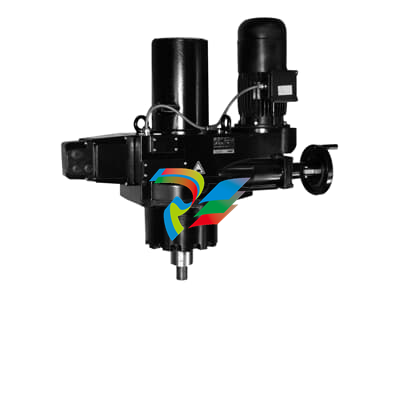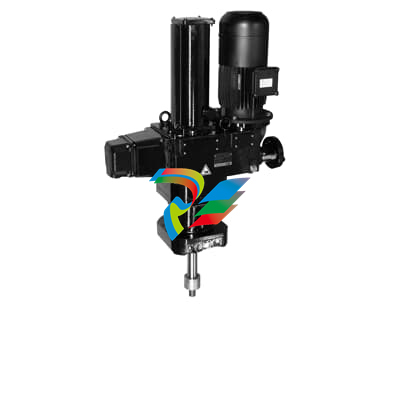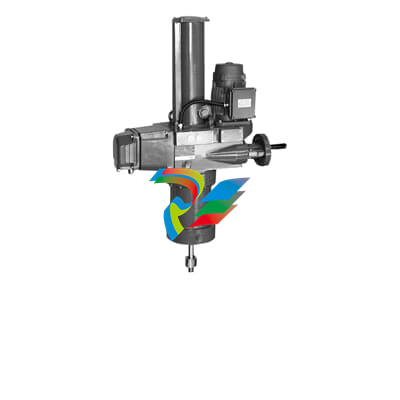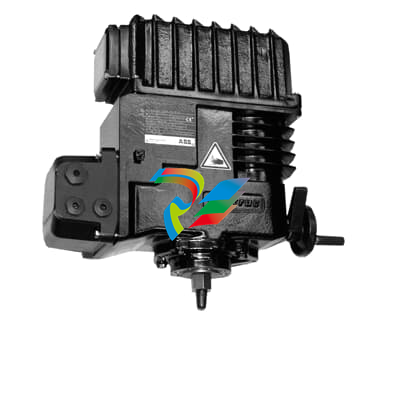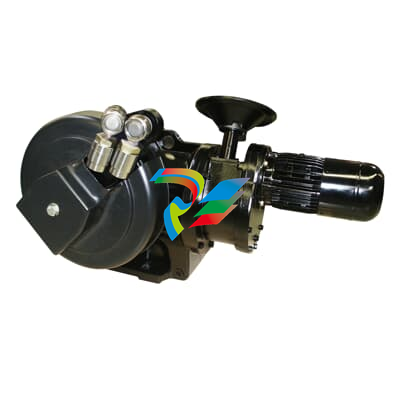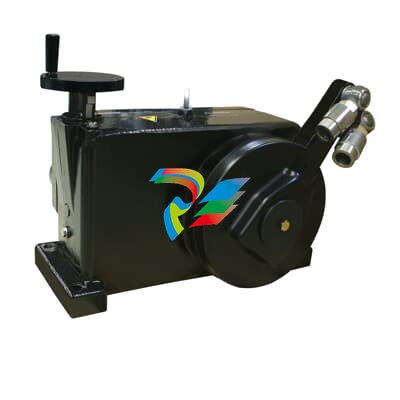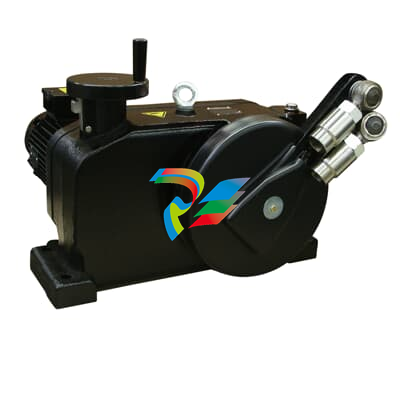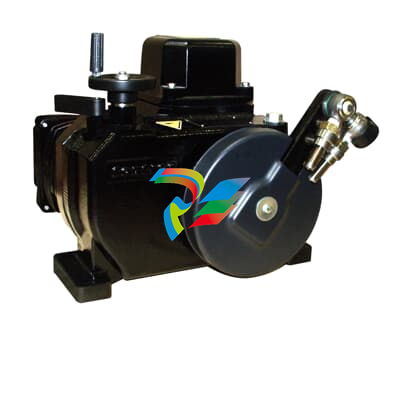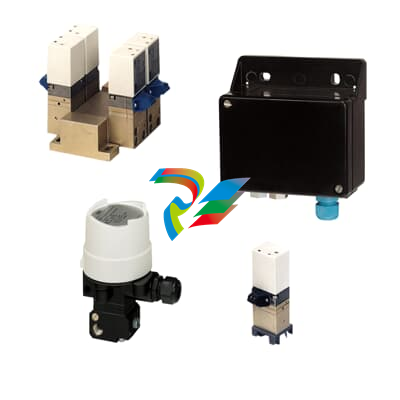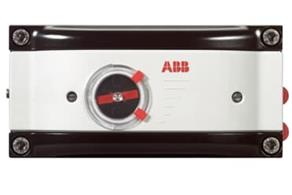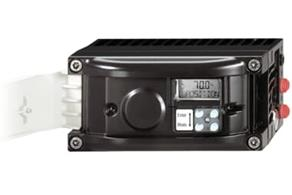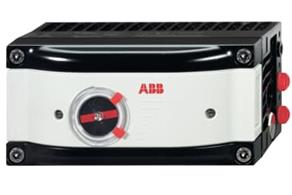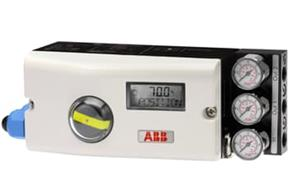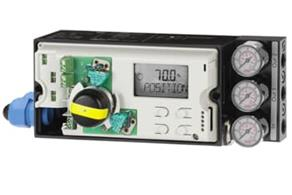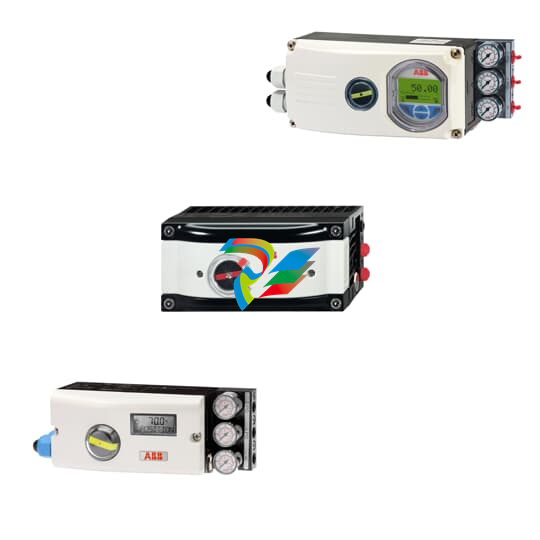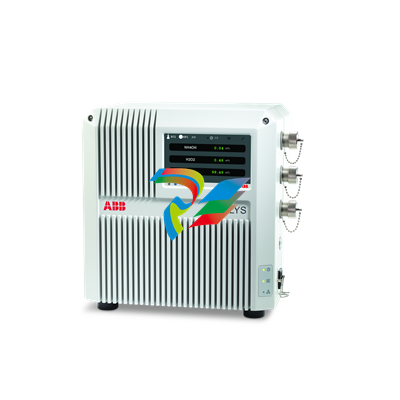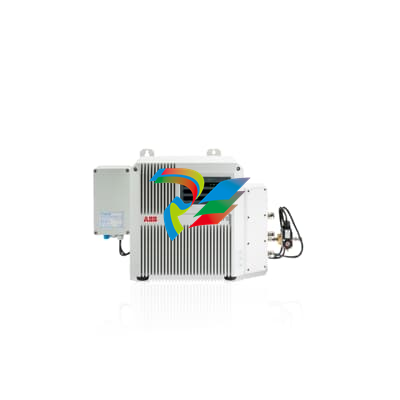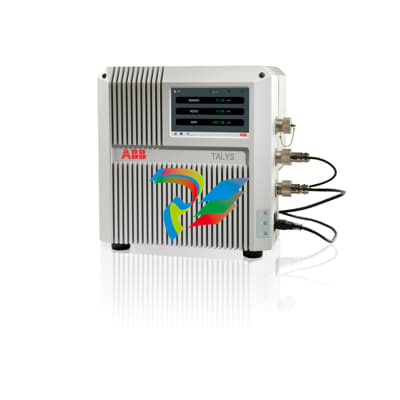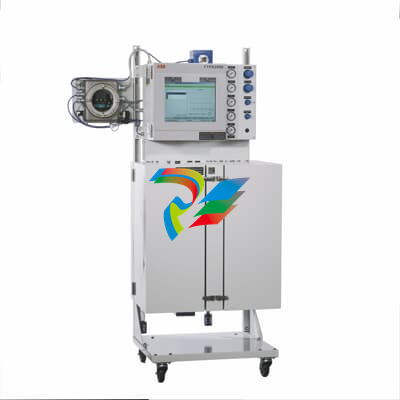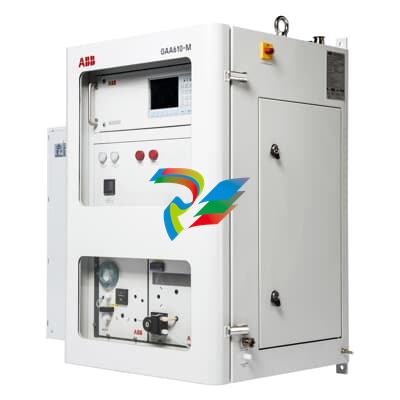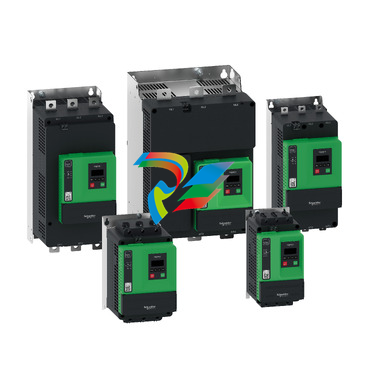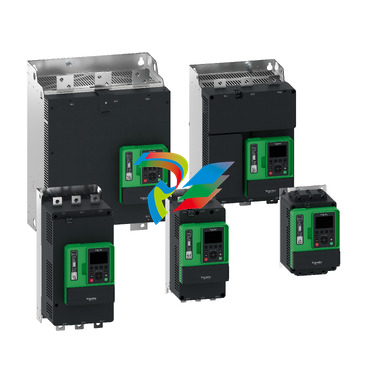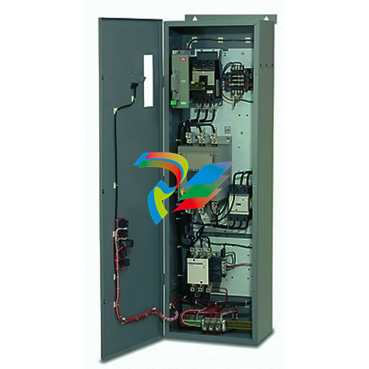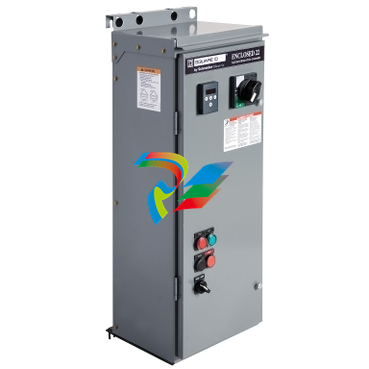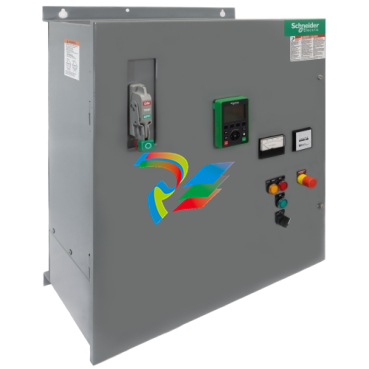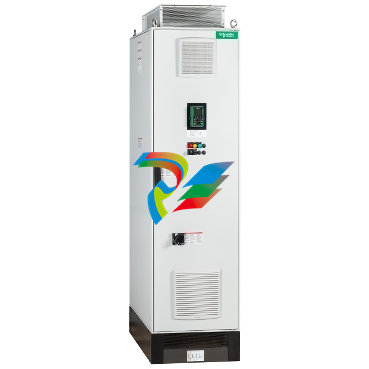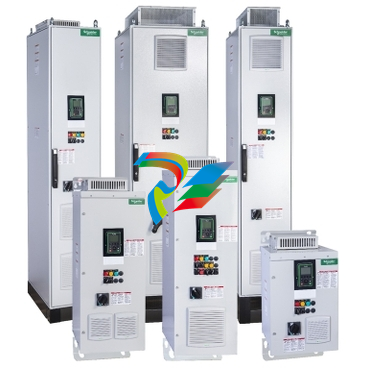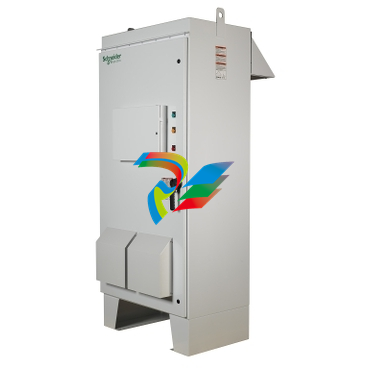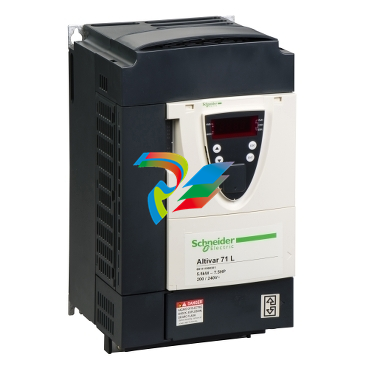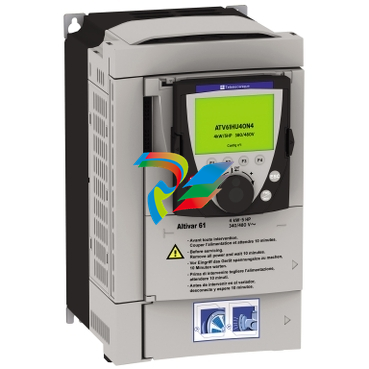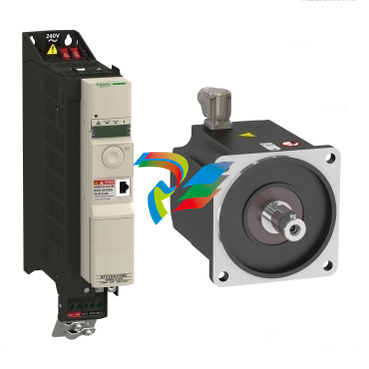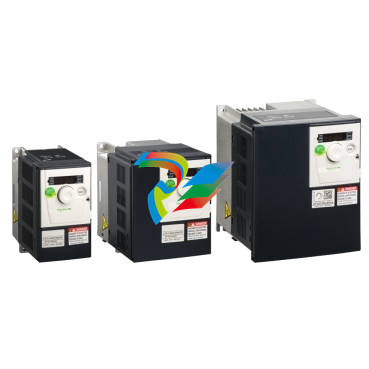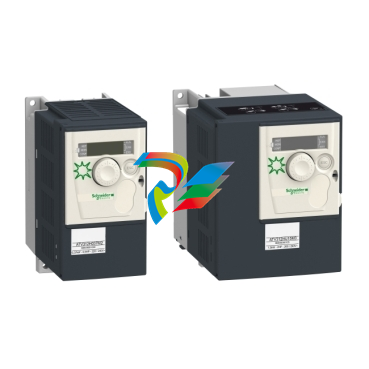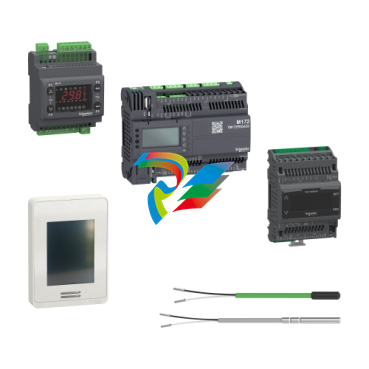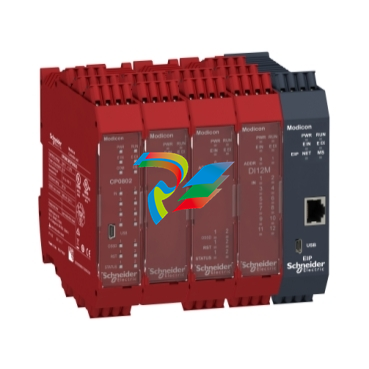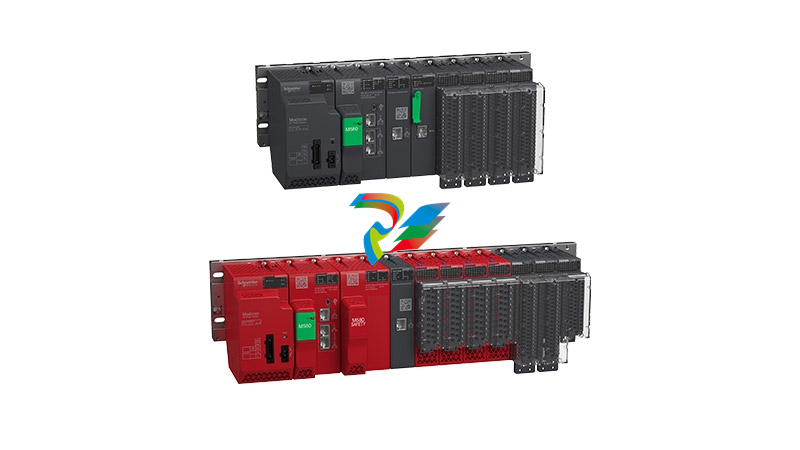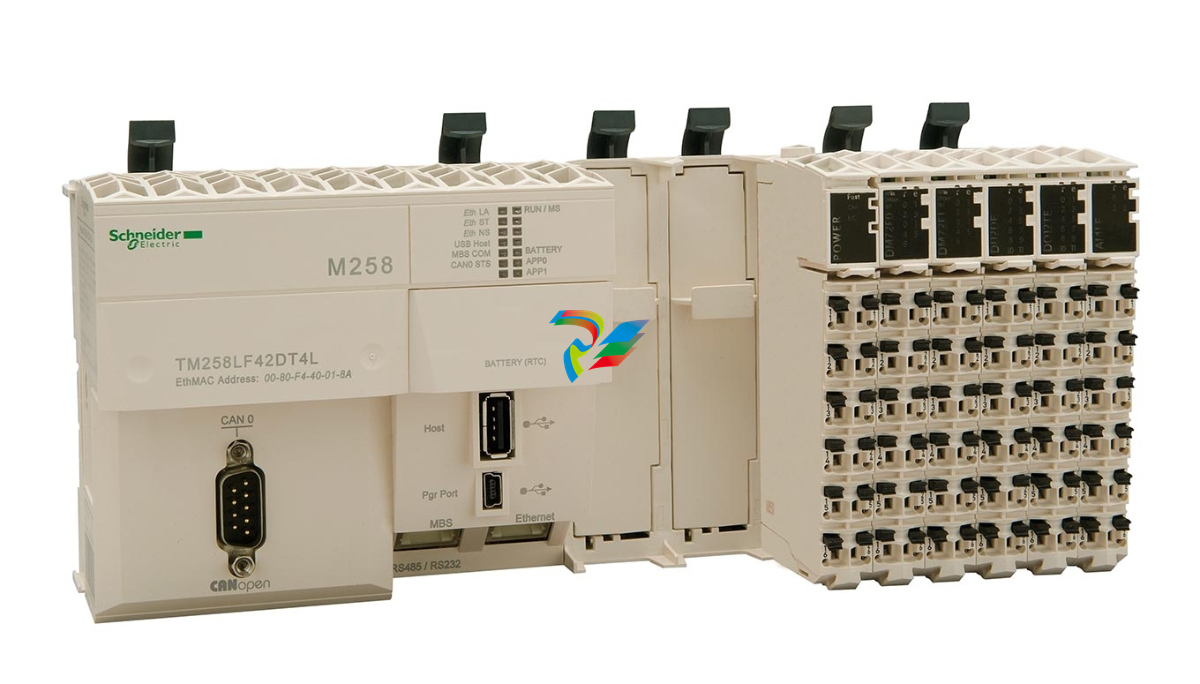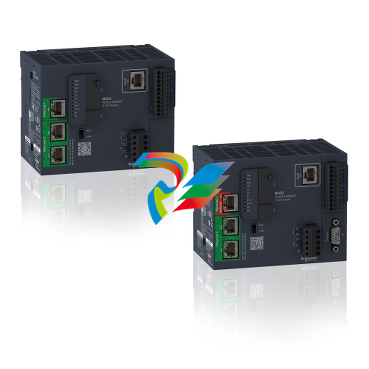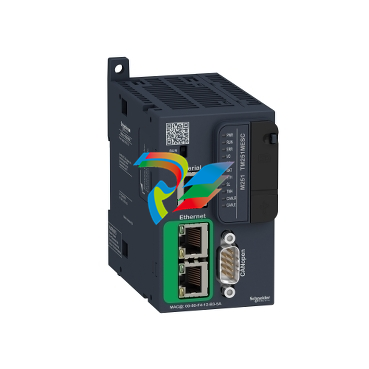
DCS; Industrial control system
Product
Article
NameDescriptionContent
Argument
Current Location:
PRODUCT SHOW
Description
**ABB RINT-5611C: Versatile Solution for Power, Petrochemical, and Automation Industries**
ABB RINT-5611C - Driver Board, Industrial Control Solutions
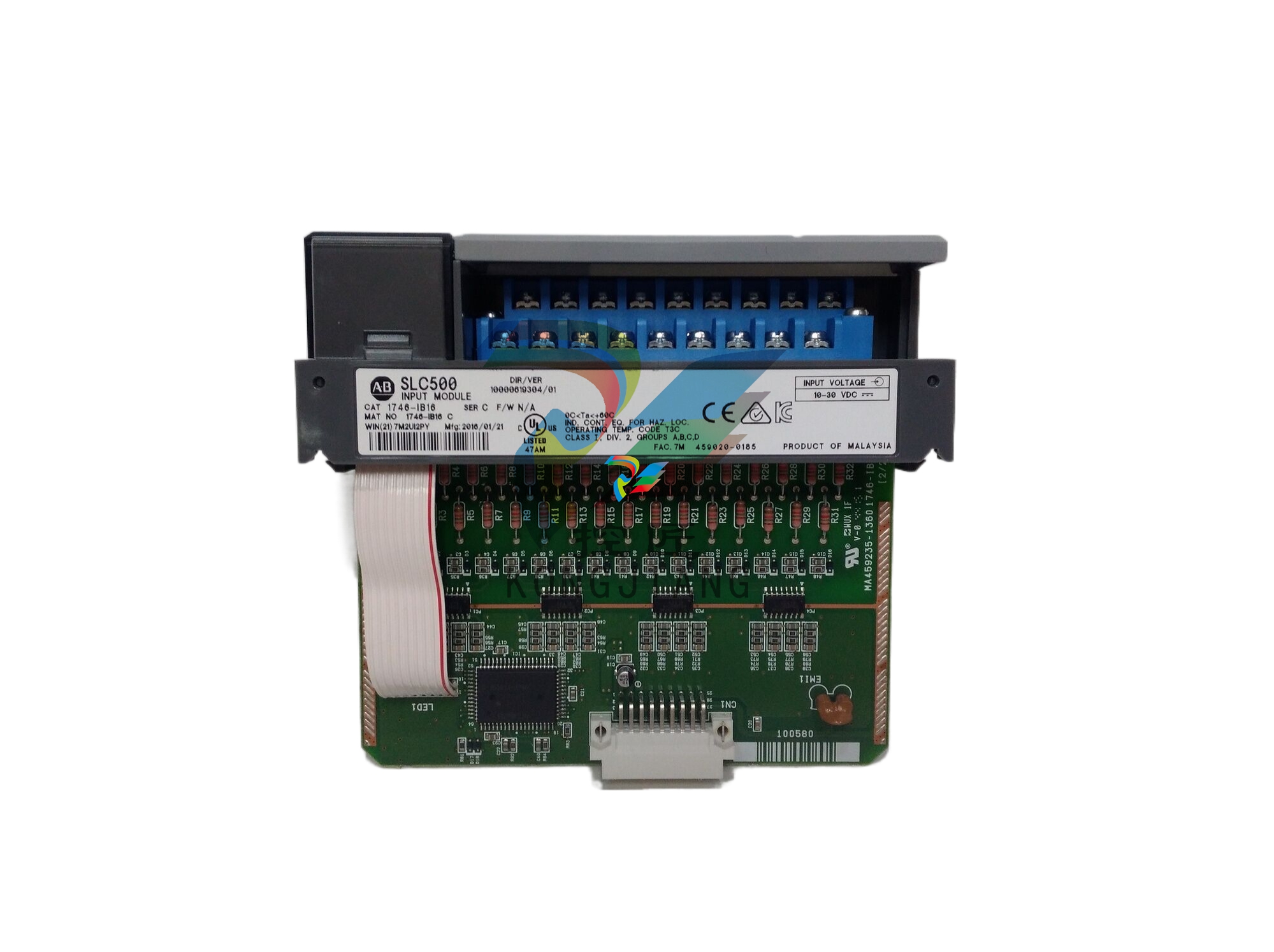
ABB RINT-5611C - Driver Board, Industrial Control Solutions
**ABB RINT-5611C: Versatile Solution for Power, Petrochemical, and Automation Industries**
The ABB RINT-5611C is a robust and versatile control unit designed for demanding applications in the power industry, petrochemical sector, and general automation. This model stands out with its exceptional input/output capacity, durability, and performance metrics, making it a preferred choice for professionals seeking reliability and efficiency in their operations.
**Key Technical Features of ABB RINT-5611C**
The ABB RINT-5611C features a powerful input/output capacity that allows it to handle complex control tasks with ease. Its design ensures high durability, capable of withstanding harsh environmental conditions typical in industrial settings. With a temperature range from -20°C to +60°C, the RINT-5611C remains operational in extreme conditions, providing consistent performance without compromise.
Performance metrics of the RINT-5611C include rapid response times and high processing speeds, which are essential for real-time monitoring and control in critical applications. The unit also boasts advanced communication protocols, enabling seamless integration with various ABB automation products. Its modular design facilitates easy upgrades and maintenance, ensuring longevity and adaptability to evolving industry needs.
**Real-World Usage Scenarios**
In the power industry, the ABB RINT-5611C excels in monitoring and controlling power distribution systems. Its ability to interface with various sensors and actuators allows for precise control over power flows, optimizing efficiency and preventing outages. In the petrochemical sector, the RINT-5611C is instrumental in process automation, enhancing safety and reliability in operations that require stringent control over chemical processes.
General automation applications also benefit from the RINT-5611C's capabilities. Whether managing assembly lines or coordinating robotics, this unit ensures that operations run smoothly, leading to increased productivity and reduced downtime.
**Comparison with Other ABB Models**
When compared to other ABB models, such as the ABB ACS800-01 and ABB ACS580-01-293A-4, the RINT-5611C distinguishes itself with its specialized control functions tailored for the power and petrochemical industries. While the ACS800-01 is primarily focused on drive applications, the RINT-5611C offers more extensive input/output options and enhanced environmental tolerances, making it a versatile choice for various automation scenarios.
Additionally, when compared to the ABB CI627A and ABB DI811 3BSE008552R1 Digital Input Module, the RINT-5611C provides a more comprehensive solution that integrates digital control with analog input capabilities, enabling it to cater to a wider range of applications.
**Complementary Models**
ABB RINT-5611C integrates seamlessly with several related models, enhancing its functionality. For instance, the ABB SNAT 602 TAC PC BOARD can be used for data logging and visualization of the RINT-5611C's outputs, while the ABB AFIN-01C Fan Inverter 1KW ensures optimal cooling for systems where the RINT-5611C is deployed.
Moreover, the ABB GJR2366000R1000 81EA02E-E Analog Input Module allows for expanded input capabilities, making it a perfect pairing with the RINT-5611C for applications requiring high-precision measurements. The ABB ACS800-01 and ABB ACS580-01-293A-4 can be integrated into the same control system, allowing the RINT-5611C to manage drive functions while maintaining overall system control.
In summary, the ABB RINT-5611C is a vital component for professionals in the power, petrochemical, and general automation sectors. Its superior performance, extensive compatibility with other ABB automation products, and ability to handle complex control tasks make it an invaluable asset for any industrial operation. By choosing the ABB RINT-5611C, you are investing in a solution that promises reliability, efficiency, and the flexibility to adapt to the demands of ever-evolving industries.

Purchase history
| User name | Member Level | Quantity | Specification | Purchase Date |
|---|
Total 0 Record
Customer Reviews
Satisfaction :
5 Stars
No evaluation information



